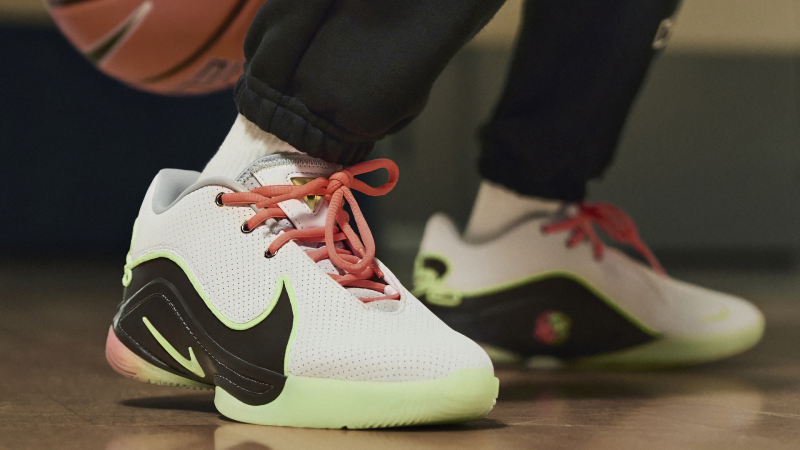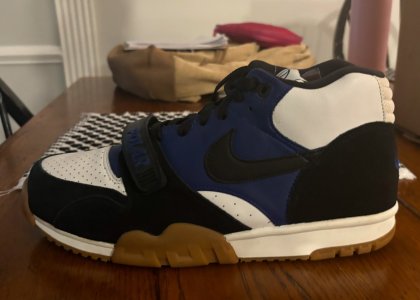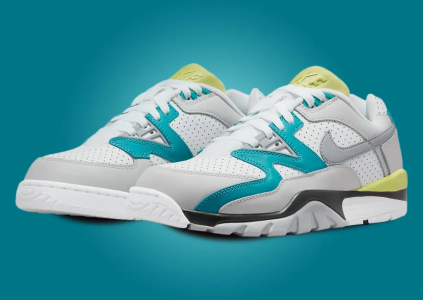I think you hit is on the head when you wrote "cult" following...
Trainer 1 has not been a successful style in the US for sometime now...they really only do well in boutique type settings and really only Sneakerheads know enough about the history to care about them...
JM
Yeah. It's funny how some people jump down my throat when I say that a "limited release" makes sense for certain sneakers. When I say that, I'm really talking about two main categories of shoes --
-extremely wild CWs of more widely popular shoes that are unlikely to be as popular with the overall fanbase of the shoe. ...Basically, shoes that have no chance of being an "everyday shoe." Think like the crazy animal AM 95 joints
- Cult following retros. There are a whole ton of models that have enough demand to do really well in a limited release, but would brick as full releases. Carnivores, Pillars, Ultramarine 180s, Medicine Ball Trainer IIIs, AM 93a, second tier OG CWs of classic models ... there are really tons of them. What's weird is that sometimes Nike anticipates this correctly - Trainer SC II QSes (a few still made it to outlets, but overall, this was probably a success for Nike), and then other times they overproduce in relation to the demand altogether - Carnivores, for example.
Part of it has to do with economies of scale, for sure. To go through the internal production process to simply make a limited run of one CW of one model is certainly diminishing returns on Nike's end. So, sometimes they just push the scale up on the OG and make a bunch of Retro+ CWs and hope they catch a bit of lightning in a bottle and the demand begins to expand a bit, new-wave, organically. ...Like offset printing for example, I assume that a big portion of the cost of putting out a retro is in "turning the machine on" so to speak. So, if Nike gets stuck with a bunch of extras, they'd rather do that than not make enough because the cost of producing more is far from linear - in fact, it's the reverse. Dollar-cost averaging dictates that the more they make the cheaper the cost per unit is. The ultimate goal isn't just to sell out - if you sell out, you're leaving demand on the table. The goal is find the sweet spot between not making enough and making too many. (This goes for run of the mill retros - once you get into shoes are intended to be brand builders, the equation gets a little more abstract)
All that said, I still think they make some weird choices. Overproducing the Auburn SCs a while ago - I think I would have made the same mistake. The Carnivores - anybody should have been able to see they'd be be way off on the demand curve there if they didn't limit that shoe severely.
What I'd like to know is the extent to which Nike does any sort of demand forecasting for their retros. By now, I'd hope somebody iternal would have built a mathematical model based on years of proprietary data - or at least had the mind to hire outside consultants to do this for them.



 .
. 

































